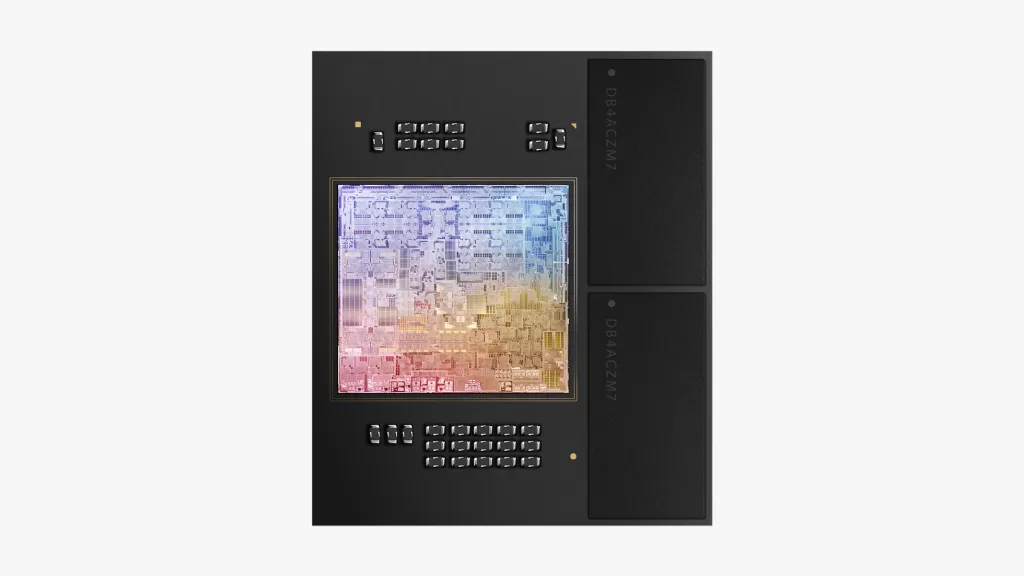What is Unified Memory and How It Works?
As technology advances, computer components continue to become more efficient and powerful. One such technology is Unified Memory, which has become increasingly popular in recent years. But what exactly is Unified Memory, and how does it work?
Unified Memory is a type of memory architecture that allows the CPU and GPU to access the same physical memory address space. This eliminates the need for data to be copied between different types of memory, which can improve performance and reduce power consumption.
In a traditional system, the CPU and GPU have separate memory address spaces, and data must be copied between the two when it needs to be accessed by the other. With Unified Memory, the CPU and GPU can access the same memory address space directly, allowing for faster and more efficient data access.

How Does Unified Memory Work?
Unified Memory works by using a virtual memory system that allows the CPU and GPU to access the same physical memory address space. When a program is executed, it is loaded into memory, and the virtual memory system assigns a virtual address to each piece of data. This virtual address is then mapped to a physical address in memory, which can be accessed by the CPU or GPU.
When the CPU or GPU needs to access data, it sends a memory request to the virtual memory system. The system then checks if the requested data is already in memory. If it is, the system returns the physical address of the data to the CPU or GPU. If it is not in memory, the system retrieves it from storage and loads it into memory, assigning it a virtual address and mapping it to a physical address.
Because the CPU and GPU can access the same physical memory address space, they can read and write data without the need for data to be copied between different types of memory. This can improve performance and reduce power consumption, as data copying can be a time-consuming and energy-intensive process.
Benefits of Unified Memory
There are several benefits to using Unified Memory in a system:
Improved Performance By eliminating the need for data to be copied between different types of memory, Unified Memory can improve performance by reducing memory access latency and increasing memory bandwidth.
Reduced Power Consumption Because data copying can be a time-consuming and energy-intensive process, using Unified Memory can reduce power consumption in a system.
Simplified Programming Unified Memory can simplify programming by eliminating the need to manage data copying between different types of memory. This can make it easier for developers to write efficient code.
Unified Memory in Action
Unified Memory is used in a variety of applications, including gaming, scientific computing, and machine learning. In gaming, Unified Memory can improve performance by allowing the CPU and GPU to access the same memory address space directly. In scientific computing and machine learning, Unified Memory can simplify programming and improve performance by reducing the need for data copying between different types of memory.
In the gaming industry, Unified Memory can be used to improve performance by allowing the CPU and GPU to access the same memory address space directly. This means that graphics-intensive games can run more smoothly, as the CPU and GPU can work together more efficiently.
In scientific computing and machine learning, Unified Memory can simplify programming and improve performance by reducing the need for data copying between different types of memory. This is especially important when working with large datasets, as copying data between different types of memory can be time-consuming and can reduce performance.
Conclusion
Unified Memory is a powerful technology that can improve system performance, reduce power consumption, and simplify programming. By allowing the CPU and GPU to access the same physical memory address space, Unified Memory can eliminate the need for data to be copied between different types of memory, improving efficiency and reducing latency. As technology continues to advance, Unified Memory is likely to become even more prevalent in a variety of applications.


